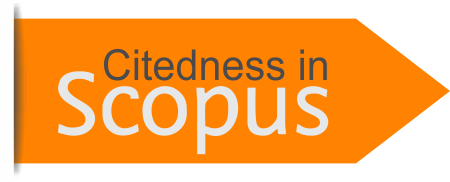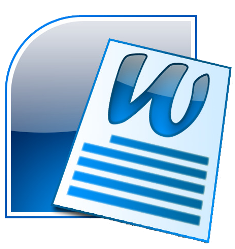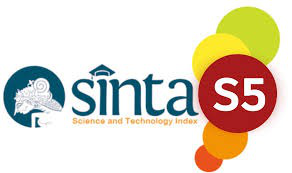Optimization Model in Transportation Based on Linear Programming
Abstract
Keywords
Full Text:
PDFReferences
Anieting, O., Ezugwu, A., & Ologun, S. (2013). Transportation problems and solution techniques. International Journal of Science and Research (IJSR), 2(8), 123–127.
Gupta, A., & Bansal, D. (2018). Advanced optimization in MODI method for transportation problems. Journal of Applied Mathematics and Computation, 6(2), 57–63.
Hoover, C. (2023). Significance of Linear Programming for Optimization. International Journal of Advanced Research in Science, Communication and Technology. https://doi.org/10.48175/ijarsct-10899
Jaiswal, S. (2020). Allocation method table (ATM): An innovative approach for transportation problems. Journal of Advances in Mathematics and Computer Science, 35(3), 1–9.
Wikimedia Project Contributors. (2007, July 19). how to obtain optimal results from a mathematical model composed of linear relationships. Wikipedia.org; Wikimedia Foundation, Inc.https://id.m.wikipedia.org/wiki/Program_linear
Kumar, A., & Sharma, S. (2019). A comparative study of MODI and stepping stone method for solving transportation problems. International Journal of Engineering and Advanced Technology, 8(5), 842–846.
Kurnia, Y., & Aristriyana, E. (2022). SELECTION OF TRANSPORTATION MODE TO MINIMIZE PRODUCT SHIPPING COSTS AT KERUPUK IDAMAN IKM IN HANDAPHERANG, CIAMIS REGENCY. Jurnal Media Teknologi, 9(1), 105–115. https://doi.org/10.25157/jmt.v9i1.2790
Nazry, HW, Riza, F., Rizky, F., Gultom, ZA, Haris, M., & Barus, MD (2025).Modeloptimizationtransportation route based on linear programming. TGD Information System Journal, 4(1), 75–81. https://ojs.trigunadharma.ac.id/index.php/jsi
Rahman, F., & Lubis, M. (2020). Comparative performance analysis of transportation algorithms in product distribution. International Journal of Supply Chain Management, 9(3), 111–118.
Singh, P., & Tiwari, R. (2021). ICMM: A new transportation algorithm for logistics and supply chain problems. Operations Research and Decisions, 31(2), 123–135.
Sugianto, W., & Susanti, E. (2021). optimizationtransportation costs in SMEs in Batam City. Journal of Industrial & Quality Engineering (Inaque), 9(1), 1–14. https://doi.org/10.34010/owe.v9i1.4278
Verma, R. K. (2019). Improved MODI algorithm for solving transportation problems. Mathematics Today, 35(4), 22–28.
Wang, Z., Sun, M., & Chen, Y. (2017). A bi-objective transportation cost optimization with time window constraints using a modified genetic algorithm. Transportation Research Part B: Methodological, 102, 189–210.
Zhang, Y., Liu, H., & Xu, J. (2018). Multi-objective optimization for urban rail transit systems using linear programming. Sustainable Cities and Society, 40, 381–391.
DOI: https://doi.org/10.46336/ijqrm.v6i2.1018
Refbacks
- There are currently no refbacks.
Copyright (c) 2025 Angellyca Leoni Manuela, Reivani Putri Berlinda Harahap, Tina Yoefitri, Nicko Meizani, Rizki Apriva Hidayana

This work is licensed under a Creative Commons Attribution 4.0 International License.
Published By:
IJQRM: Jalan Riung Ampuh No. 3, Riung Bandung, Kota Bandung 40295, Jawa Barat, Indonesia
IJQRM Indexed By:
 Creation is distributed below Lisensi Creative Commons Atribusi 4.0 Internasional.
Creation is distributed below Lisensi Creative Commons Atribusi 4.0 Internasional.








